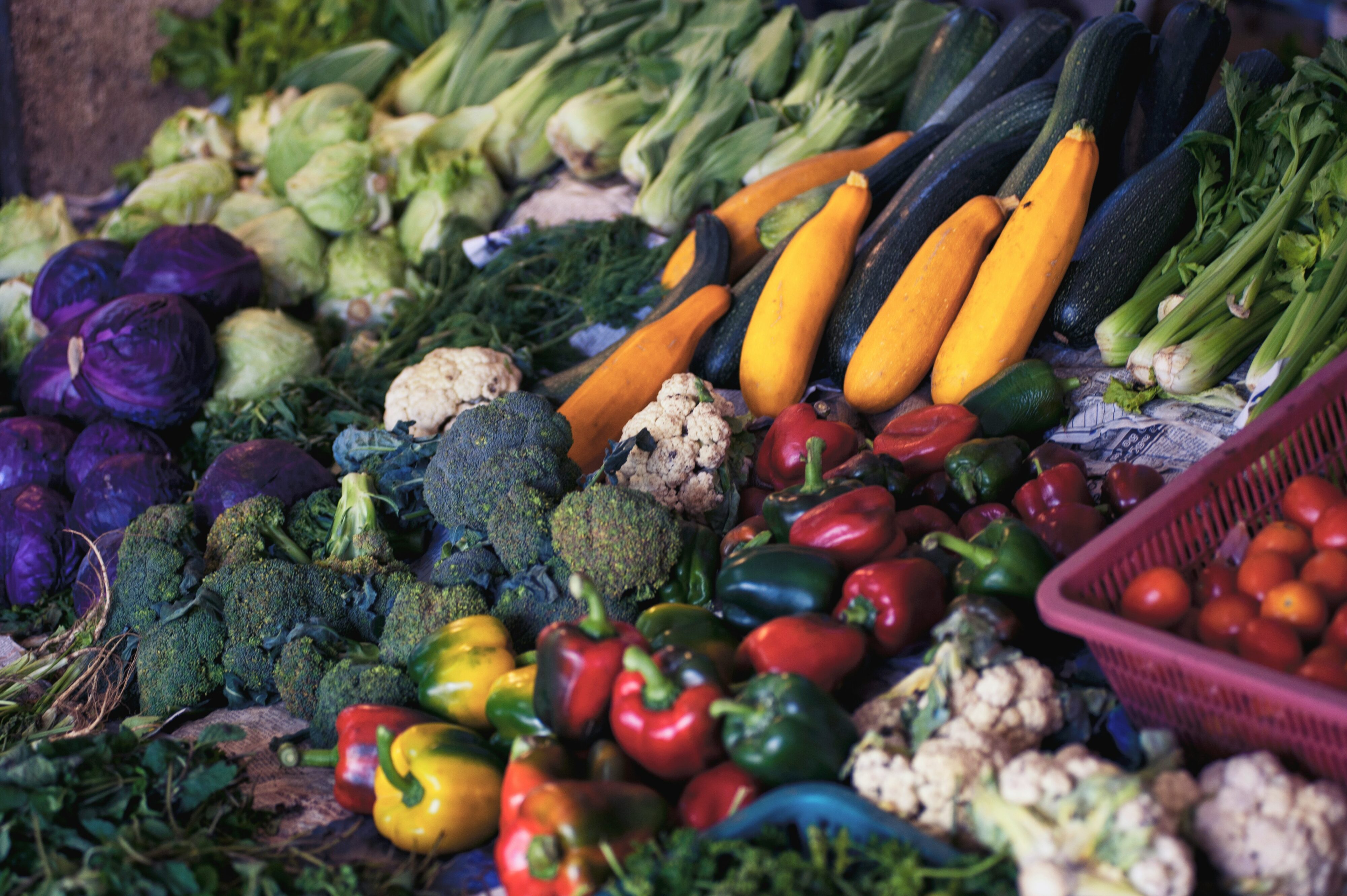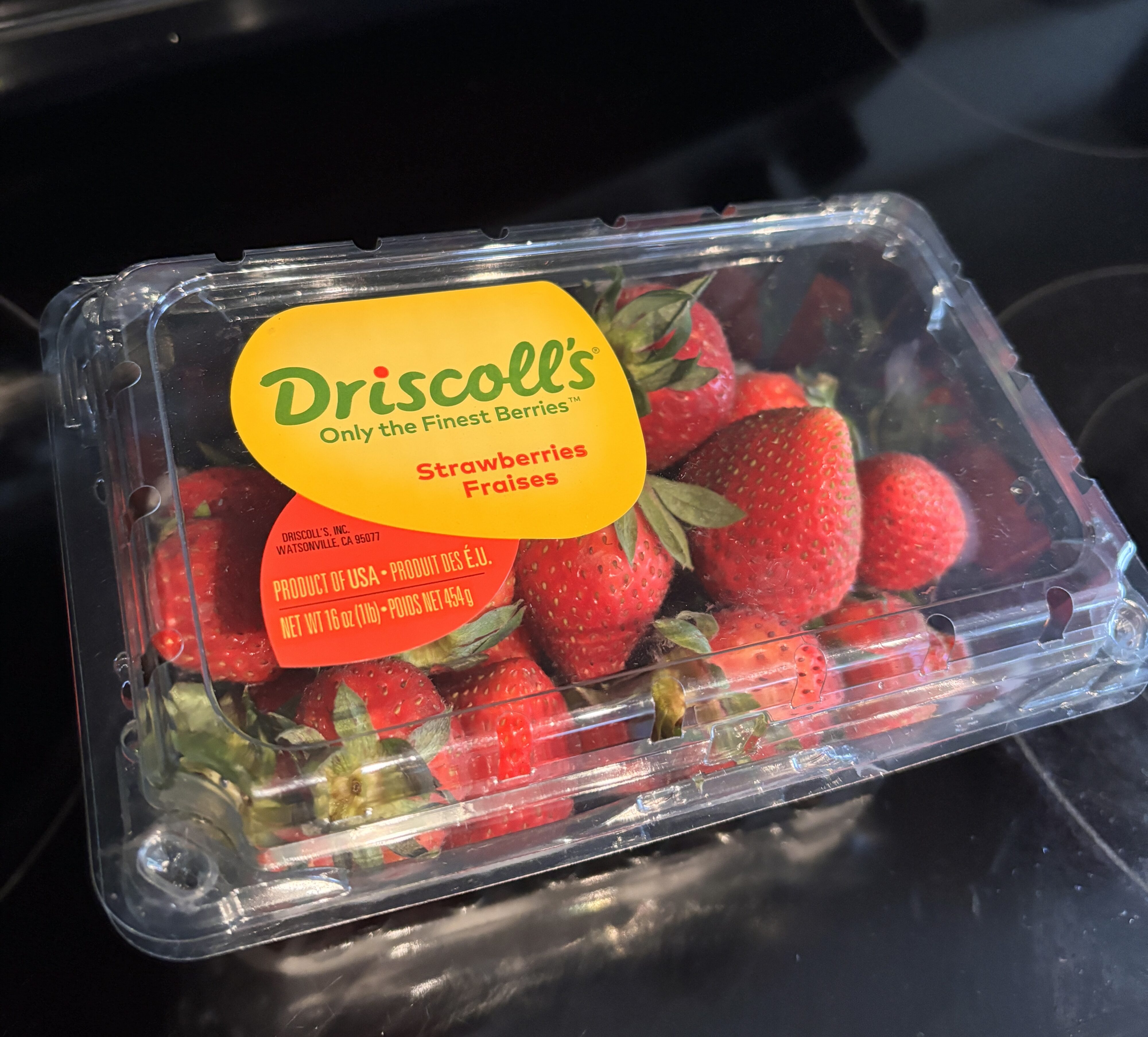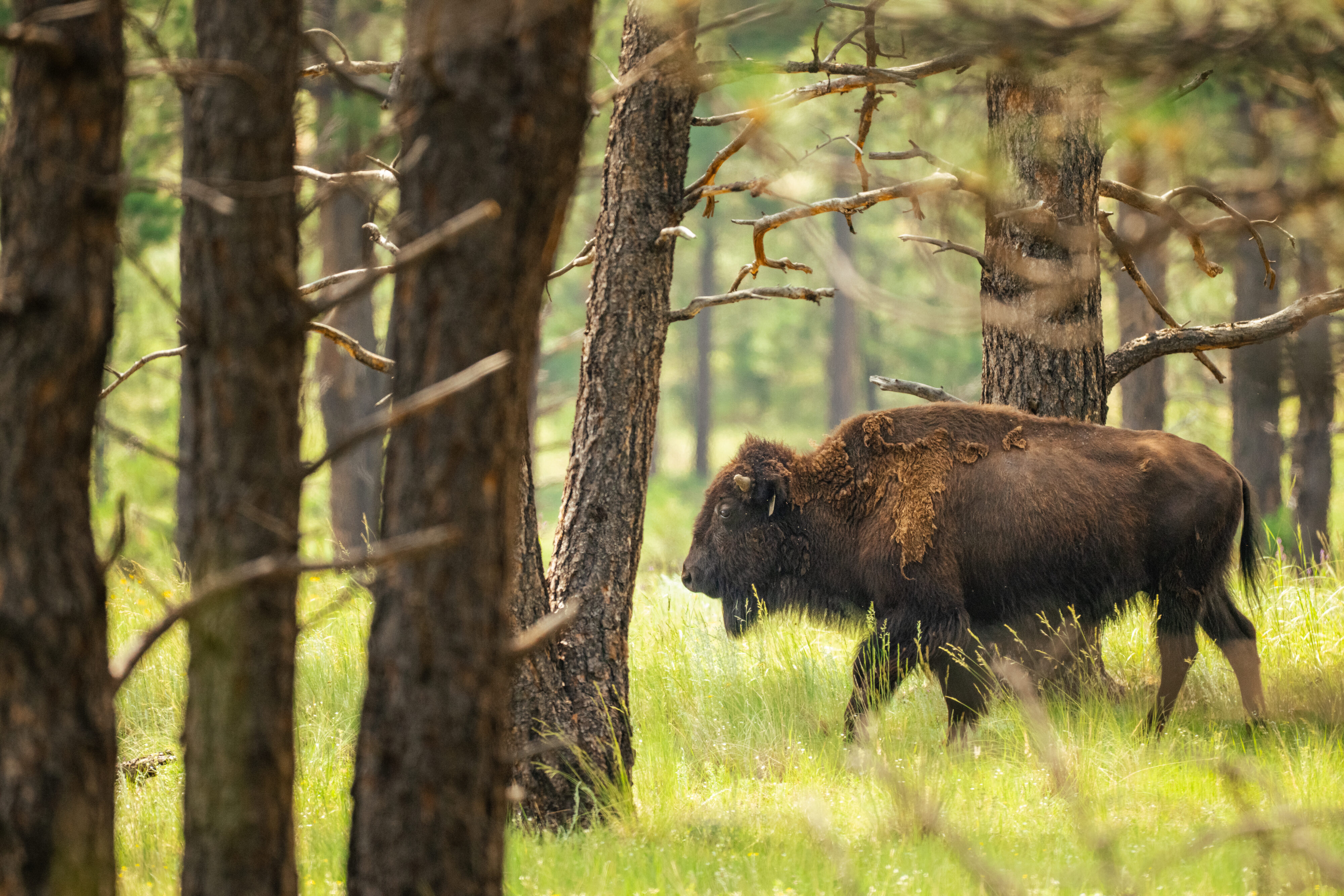
Ask PF | 4 tips for eating sustainably

This morning, while making my staple breakfast (a yogurt and granola bowl), I glanced at my container of strawberries and noticed the label. The label read, “Product of USA” and in smaller letters, “Watsonville, CA”.
This immediately caught my attention because Watsonville is a mere 30 miles from where my parents live in California, and where I was residing before moving to D.C. over the summer.
Not only did the homesickness kick in with the realization that these strawberries had come from only a near distance from my family, but it also raised my awareness of the environmental implications of the strawberries I was about to eat.
These strawberries had traveled nearly 2,900 miles from Watsonville, CA to Washington, D.C. in order for me to enjoy in my breakfast.

You may be thinking, “While that is an awfully long distance for fruit to travel, why does this matter in terms of environmental sustainability?”
I’ll tell you why.
The cross-country road trip my strawberries had taken to end up in my local Trader Joe’s for me to purchase and eat produces a ghastly amount of carbon emissions.
“Food miles” have been defined as the distance from where the food is produced to where it is consumed, according to Carbon Brief. Studies have found that yearly, food miles produce 3bn tonnes of carbon emissions.
If, like me, you aren’t a science-minded person and this metric doesn’t make sense to you, note that in the same study, the transport of fruit and vegetables was responsible for twice the amount of greenhouse gas than was emitted to actually grow them.
While the implications of “food miles” are serious and concerning, there are ways we can all cut down our “food miles” and help the climate fight.
With that, here’s my guide to eating sustainably!
1. Eat local
The first tactic to decrease the “food miles” of your produce is to eat locally grown foods. Shopping at farmers’ markets is the number one way to do this. Farmers’ markets are a great way to ensure that your produce has been grown locally and to support local farmers in your community.
Produce from farmers’ markets not only has fewer “food miles” but also tends to be more nutritious and flavorful than store-bought produce. Due to the great distances that store-bought produce has to travel before it’s eaten, such produce tends to be harvested before peak ripeness and stored in coolers to preserve its freshness. However, this process strips the produce of its natural nutrients and flavor.
Shopping at farmers’ markets can also cut down on your single-use plastic consumption. Instead of buying fruit in plastic clamshell containers, bring your reusable bags to the farmers’ market and buy produce straight from the producer.
For help finding farmers’ markets near you, use the USDA’s local foods directory.
2. Eat seasonally
The next tactic can be slightly more difficult. Eating seasonally means eating fruits and vegetables during the months that they are in peak harvest.
While harvest months for produce vary widely from region to region, a rough guide to the foods that are in peak harvest in large swaths of the U.S. during the year is as follows:
Summer
- Melons
- Cucumbers
- Tomatoes
- Eggplants
- Peppers
- Stone fruits
- Summer squash
- Herbs
Fall
- Squashes
- Root vegetables
- Onions
- Potatoes
Winter
- Brussel sprouts
- Citrus
- Pomegranates
- Squashes
- Potatoes
- Beets
Spring
- Asparagus
- Spinach
- Radishes
- Rhubarb
- Scallions
- Chives
- Leeks
For a complete list of seasonal foods that grow where you live, check out this Seasonal Food Guide.
Eating seasonally goes hand-in-hand with eating locally. When shopping at the farmers’ market, be aware of what kinds of produce tend to be at the market during different times of the year. The produce at the farmers’ market is a direct indication of what foods are at peak harvest and what should be eaten during that season.
3. Plan ahead
A big part of eating seasonally is planning ahead. If there are summer foods that you can’t go the winter months without, look to preserve them at their peak harvest to enjoy during the off-season. For instance, this could be done by freezing fresh berries during the summer and enjoying them during the fall and winter months. Other techniques to preserve fresh fruits and vegetables include canning, pickling, fermenting, and dehydrating foods.
4. Limit meat consumption
Lastly, I’d be remiss to write a column about sustainable eating without mentioning reducing your consumption of meat. Eating less meat reduces methane emissions that occur from the raising of livestock. According to the EPA, a single cow produces between 154 to 264 pounds of methane gas per year. Additionally, raising livestock consumes copious amounts of water in cleaning and processing the cattle, as well as watering the crops that the cattle eat.
Thus, in order to have a more sustainable diet, people should try eating more plant-based meals rather than meat-based meals. For instance, protein substitutes for meat include beans and legumes, eggs, tofu, nuts, quinoa, grains, and mushrooms. These foods and more can provide you ample protein, without the need to consume meat.
Additionally, in 2024, there now exists a slew of meat alternatives that provide the nutrients and taste of meat, without the cardboard texture and lack of flavor that the meat alternatives of 10 years ago had. My favorite meat alternative is Impossible Meat, but there also exists Beyond Meat, Gardein, and BOCA, to name a few.
Now I’m not suggesting that people should quit eating meat cold turkey (turkey, get it?). Instead, I’m hoping to share reasons why eating meat isn’t the best for the environment and suggest small ways you can make a difference. Even just cutting down the frequency in which you eat meat, especially red meat, can go a long way in creating a more sustainable diet.
The big picture
For all these recommendations, assess the possibility and limitations for implementation into your own life. Most importantly, we should all do what we can to adjust our eating habits to better protect the environment and fight climate change.
Happy sustainable eating!

























